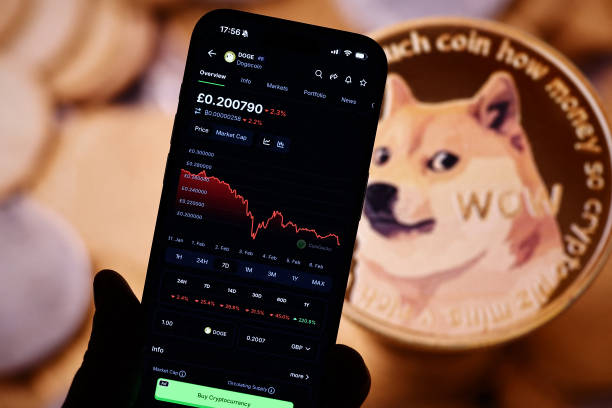Fidelity Digital Assets has revised its medium-term outlook for Bitcoin (BTC) from “positive” to “neutral” following the first quarter, citing several metrics that suggest Bitcoin is no longer considered “cheap” amid a potential build up of sell pressure.
In its latest Signals report released on April 22, Fidelity Digital Assets cited the Bitcoin Yardstick, or Hashrate Yardstick, which works in the same way as the Price-to-earnings ratio is used in stocks, except in this case, it is used to determine if Bitcoin is undervalued.
Fidelity noted that the Yardstick remained between a negative one and zero deviations from the mean of 51% in the first quarter, meaning there were “zero days on Q1 where Bitcoin was considered 'cheap.'”
This would suggest that Bitcoin is now trading at “fair value,” said Fidelity, which has now revised its medium-term outlook for Bitcoin to neutral. Other metrics it cited that added to its neutral outlook was the fact that long-term holders are adding to sell pressure, while 99% of addresses are in profit, which “could incentivize selling.”
Other on-chain metrics backing up the firm’s revision to a neutral outlook in the mid-term included the Net Unrealized Profit/Loss (NUPL) ratio and the MVRV Z-Score, which is used to assess when BTC is over or undervalued relative to its “fair value.”
The investment firm, however, has maintained its positive short-term outlook for Bitcoin, saying there was “some potential for short-term profit-taking” at the end of Q1, 2024, but added there were “no extreme indicators that are commonly seen during bull market peaks.”
The company cited price levels remaining above a “golden cross” on the Bitcoin chart with the asset trading above its 50-day and 200-day moving averages throughout Q1, indicating bullish momentum.
“We believe on-chain indicators are now clearly above the lows or extreme bottoms previously observed,” said the firm’s director of research Chris Kuiper in a post on X on April 23.
The report also referred to Bitcoin’s realized price, a metric that aims to capture the average cost basis of all current coin holders. The realized price was around $28,000 at the close of Q1, and has maintained a position of support since mid-January.

Additionally, on-chain data showed continued accumulation by smaller investors, with the number of addresses holding greater than or equal to $1,000 worth of BTC growing by 20% since the beginning of the year and hitting new all-time highs.
Exchange balances have also continued declining as more investors moved to self-custody, reducing selling pressure, it noted.
Related: Bitcoin price breaks above $66K — Has BTC flipped bullish again?
Kuiper said that “we are nowhere near the historical extreme highs,” before adding that “this leaves us in a middle-ground or halfway point” of the market cycle.
“Historically, a disproportionate amount of price gains occur in the latter half of the cycle.”
Bitcoin has remained range-bound since the end of February, oscillating between resistance at $72,000 and support at $60,000. However, it has gained 5% since the weekend halving event and is currently changing hands for a ten-day high of $66,863, according to Cointelegraph data.
Magazine: Jameson Lopp: Skeptical of spot Ether ETFs, BTC price prediction dilemma: X Hall of Flame









